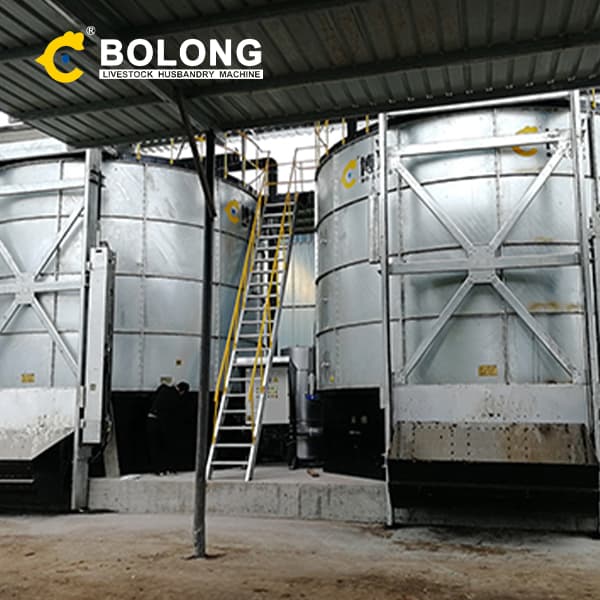
2020/4/2/ · STEP 1 : Add 300g of fruit peel into the container. STEP 2 : Add 100g of brown sugar. Fruit peel and pulp STEP 3 : Fill container with 1000ml of water. Leave some air space for fermentation. I added pineapple, lemon peel, brown sugar and water into a container. STEP 4 : Place the container in a dry and well ventilated area. Avoid direct
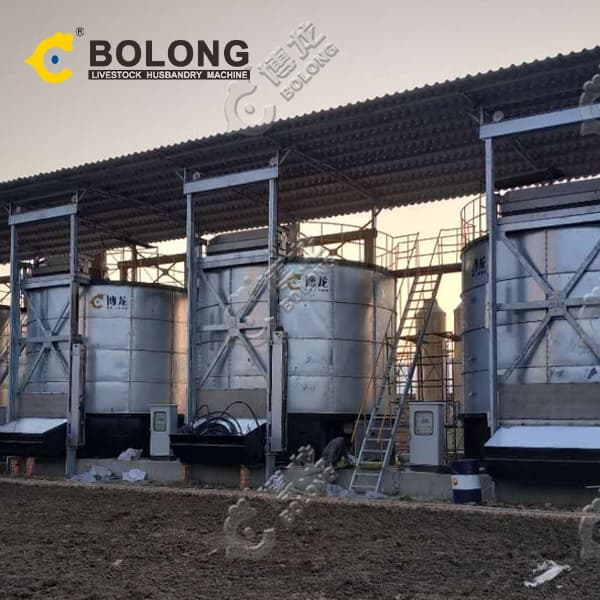
2021/7/26/ · In bokashi composting, kitchen and household waste are placed in an airtight container, such as a 5-gallon (18 L.) bucket or large trash can with a lid. A layer of waste is added, then the bokashi mix, then another layer of waste and more bokashi mix and so on until the container is filled. Bokashi mixes will have instructions on the exact
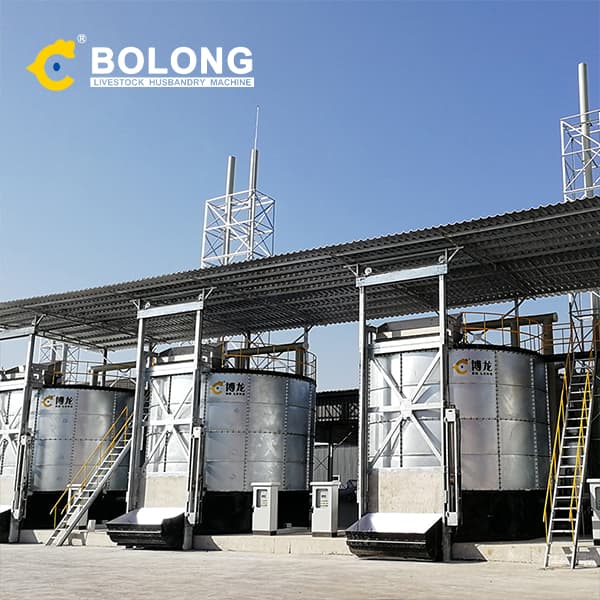
2021/10/2/ · Citrus maxima (Burm.) Merr. fruit, commonly known as “pomelo” or “pummelo” or “shaddock”, is a parent of the grapefruit ( C. sinensis × C. maxima ), and its cultivar probably originated from Thailand. To date, it is spread in South-East Asia and China and, limitedly, in Florida, California and Hawaii.
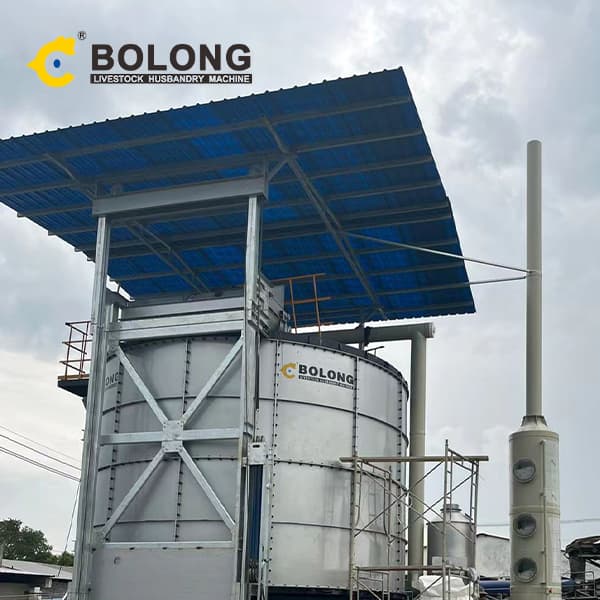
2020/6/1/ · Clostridium strain BOH3 can produce hydrogen from agro-residues based media. This report reveals its ability to utilize fruit waste for hydrogen production. In the first approach, for BOH3 fermentation fruit waste hydrolysates generated from microwave (2.45 GHz for 15 min) or moist heat (121 °C for 15 min) treatment were used as substrates, after
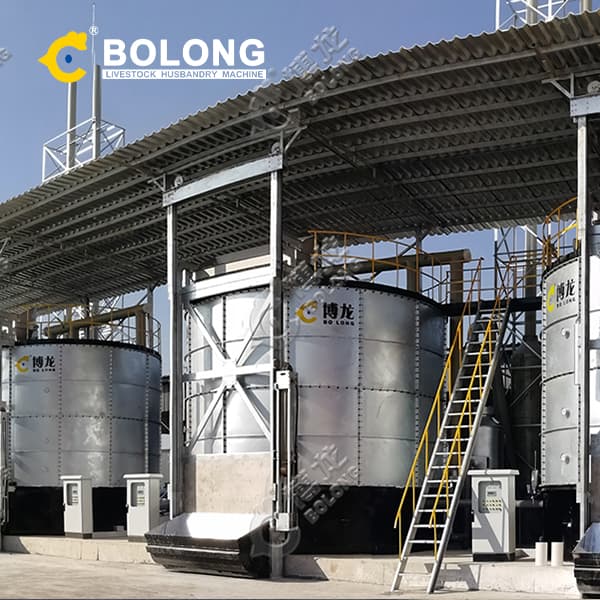
2023/4/30/ · Abstract and Figures. This study aims to determine the source of eco-enzyme raw materials and the most appropriate dilution volume to produce quality eco-enzyme fertilizer for plant growth. 1
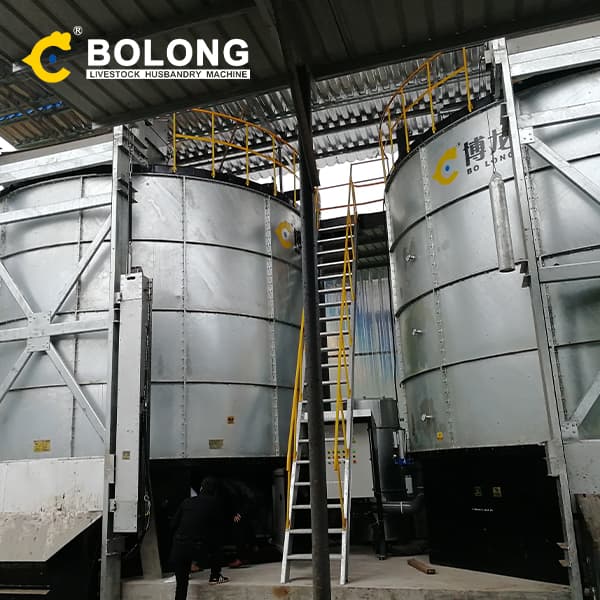
2018/6/25/ · Most commercial wineries will ferment red wines in open containers to allow heat to escape and to have better access to the cap. When you ferment on the skins they will float to the top and for the cap. This cap protects the wine from outside elements but it must also be punched back down into the wine from time to time to help extract more
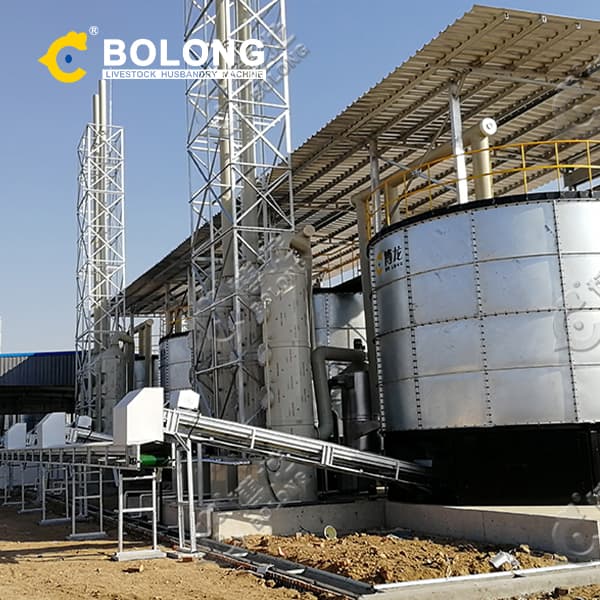
2021/10/20/ · The oldest publication found was published by McCready and Owens in 1954 [] and was focused on pectin as a product of citrus waste, whereas the most recent is by Rangaraj et al. [] which, in 2022, investigated silver–sepiolite hybrid reinforced active gelatin/date waste extract blend composite films for food packaging application.Wan
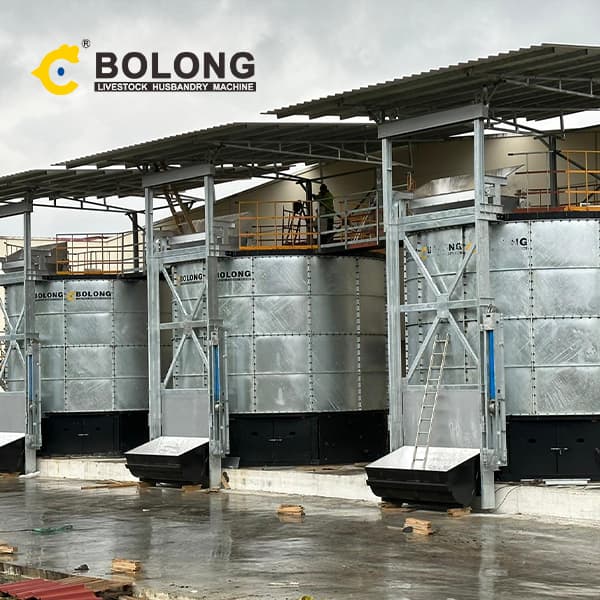
2024/4/23/ · This will keep the container from developing an odor, and the inoculant will begin fermentation. If the container fills every day, empty it into the 5-gallon bucket once a day, and sprinkle a
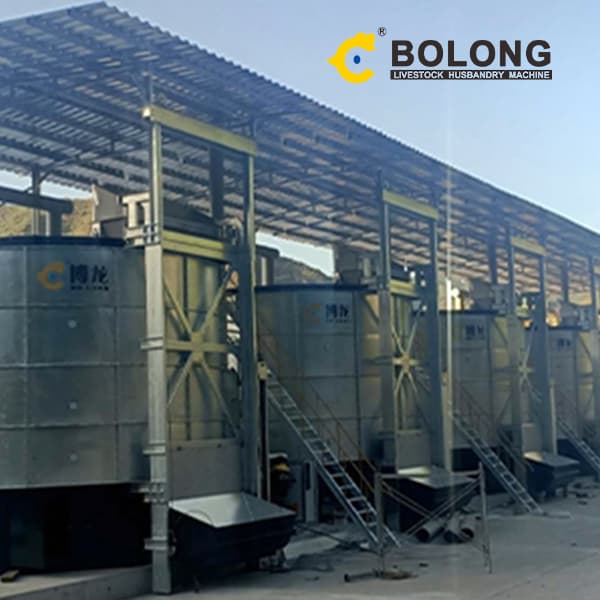
Published on 10 May 2020 NTU scientists develop sustainable way to extract chitin from prawn shells by fermenting it with fruit waste The NTU method is more sustainable than current approaches that chemically extract chitin from marine waste, which is costly, consumes large amounts of energy and leads to chemical by-products
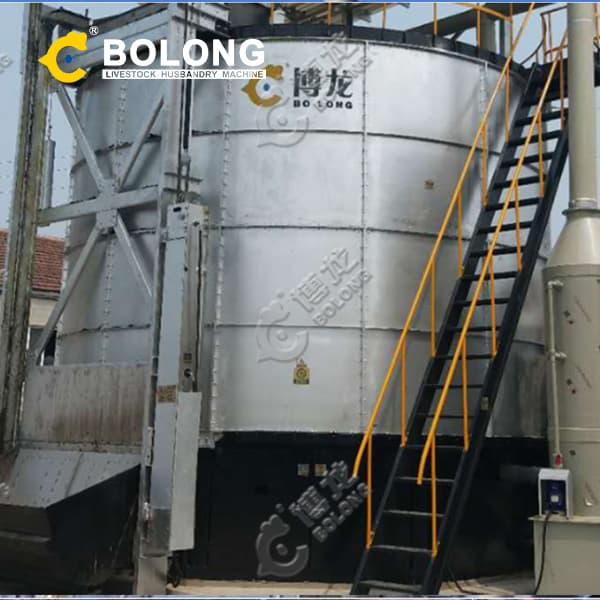
2023/9/1/ · Eco-enzyme is a type of natural compound that can be extracted normally from citrus fruit peels or waste and various other sources. It is a complex solution produced by the fermentation fresh kitchen waste such as vegetable and fruit peels. It is a type of vinegar made by fermenting food waste with sugar to form alcohol.
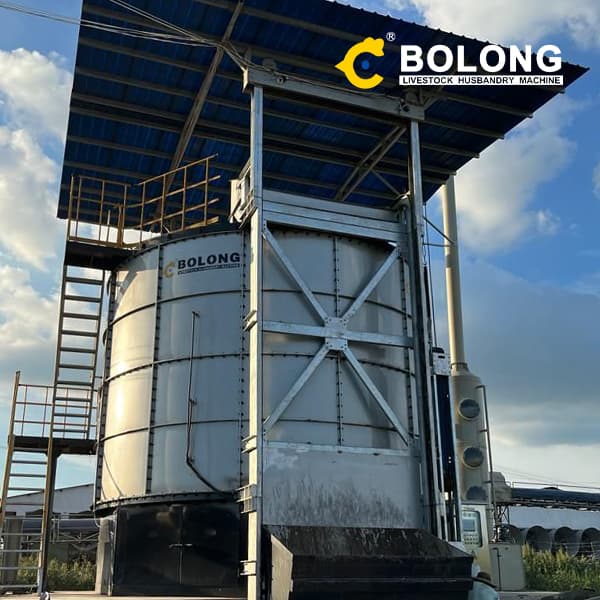

2022/4/30/ · 1. Introduction. Approximately 89 million tons of food waste is produced in the European Union, and this figure is anticipated to increase by a factor of 40 in the future [].Fruits and vegetables are considered to be basically used food products being either fully cooked, nominally cooked or uncooked [].It has been found that the processing of
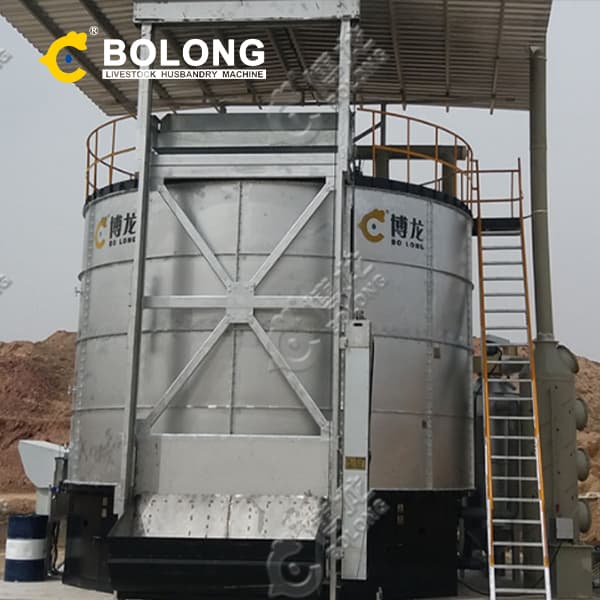
2024/6/1/ · Fermentation broth from fruit and vegetable waste (FFVW) has demonstrated remarkable ability as a soil amendment and in reducing antibiotic resistance genes (ARGs) pollution. However, the potential of FFVW to mitigate other microbial contamination such as human bacterial pathogens (HBPs) and virulence factor genes

This is an opportunity to create links with local businesses and producers, and reduce waste! 6. Create Your Own Foods. When you begin a zero waste lifestyle, you often feel helpless in front of tons of packaging at the grocery store. A good way to reduce packaging is to cook some of your food yourself.
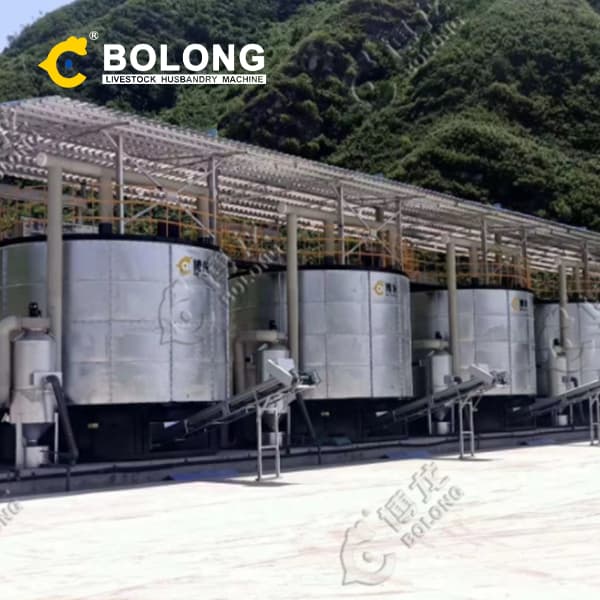
Mason jars are great containers for fermentation. You can use glass jars like mason jars for fermenting any kind of homebrew or any kind of fermented food. Mason jars are amazing when you need to brew small quantities of homebrew. I like to use mason jars for kombucha homebrew or sometimes for purposes of experimenting with homebrew beer